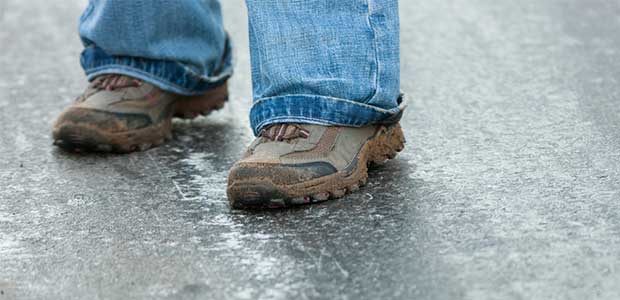A deep dive into the NFPA 70E and 2112 flash fire standards, and how you can best use them to fit your workers with PPE.

Did you know that the ANSI/ASSP Z10.0 Standard provides a framework for OHS management and industrial hygiene? Here are some tips on how to leverage this standard to better safeguard your workers.

Should we not create a future where equipment enhances a worker’s ability to perform in demanding environments?

The oil and gas industry is an inherently hazardous business.

Industrial vacuums are the right tool for preventing secondary explosions.

Now that many facilities are reopening, it is imperative to ensure that emergency safety equipment is compliant, in safe working order and in correct placement relative to worksite hazards.
Stress can erode physical functioning and adversely affect our body, but it also has direct effects on safety.

How data science helps to keep construction and maintenance projects on schedule and within budget.

Fall is on its way, and so are cold and ice hazards. Make sure your business is prepared for the elements and your workers’ safety.

OHS practitioners must expand their knowledge and programs to account for industrial hygiene.